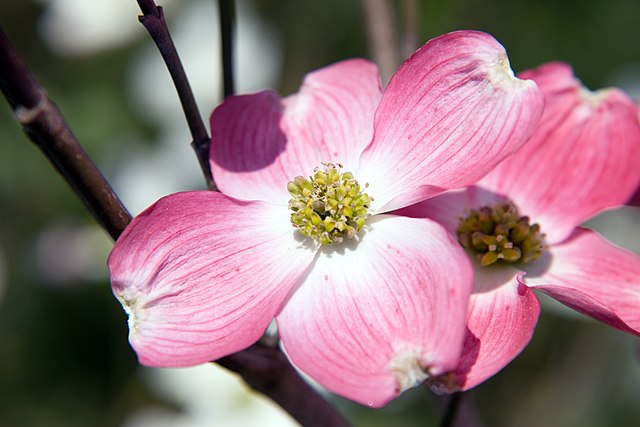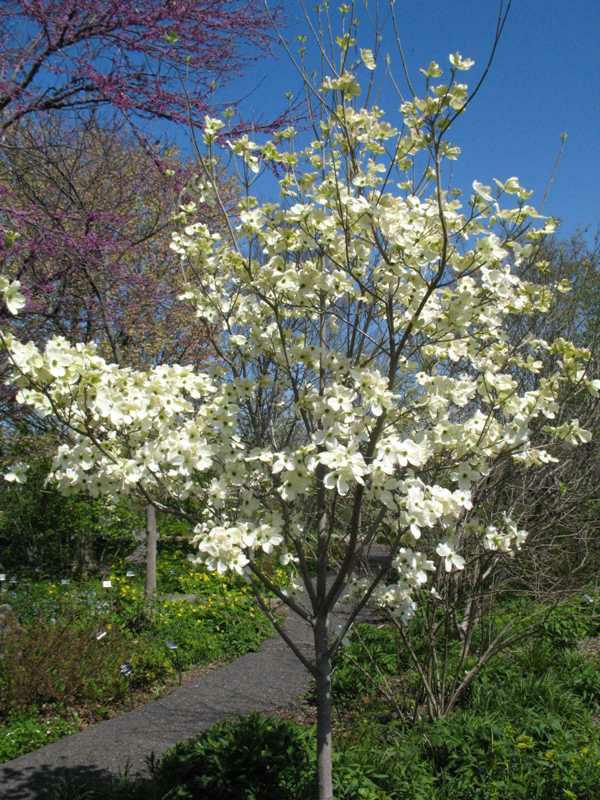

Popular in use as specimen tree focal points as well as along pathways and yard borders, these red and white flowering trees will surely make a splash in your yard this planting season. Like its Dogwood cultivar, the Cherokee Brave is fairly hardy and disease resistant. These trees are best suited for USDA growing zones 5-9. Look for a full sun to partial shade spot and evenly moist soil. Red winter berries are revealed after its leaf drop and provide food for birds and other wildlife. These small trees also enjoy conditions of full sun to partial shade. An earlier bloomer than many other dogwoods, the Cherokee Brave flowers in early March-April then the green summer leaves change to a dramatic maroon red. The Cherokee Brave prefers a rich, well-drained acidic soil and adequate amounts of moisture. Songbirds will return again and again to the Cherokee Brave Dogwood to gather the glossy red berries in autumn and winter. The Cherokee Brave Flowering Dogwood is a spectacular option for your lawn or garden with its large, stunning blossoms of bright pink fading into a white center. In fall, the shows not over the leaves turn a beautiful deep red. Beyond their stunning blooms and medium size, these beautiful trees are great for adding a splash of seasonal interest to the yard.

Loved for its bright color and small form, these Cherokee Dogwoods are a real sight to see in early spring.īotanically referred to as 'Cornus florida, ' the Cherokee Brave Flowering Dogwood Trees grow in a multi-stemmed, compact form and reach mature heights around 30 feet tall. These early bloomers push out flowers before their green leaves even emerge. Cuttings are easy to grow, and can be planted in the spring or in late summer or fall, depending on the weather. If you want the heaviest bloom, plant it in a well-drained soil. The Cherokee Brave Dogwood Trees produces a dazzling spring display of 4-inch-wide flowers of reddish-pink with white centers. Can A Dogwood Tree Grow In Full Sun Finally Understand It will not bloom in the shade.


 0 kommentar(er)
0 kommentar(er)
